Bygone Days: McBrides milking sheep to make top range cheese
and live on Freeview channel 276
The sheep amiably grazing on the 40 acres of the McBride farm at Dromore had a purpose quite different from the hundreds of thousands of their cousins dotted about the lands of Ulster.
They were not kept for their wool, nor for their meat but for their milk.
Advertisement
Advertisement
Farmer John McBride and his mother, Mary, were the only producers of ewes’ milk products in Ireland and their wares had become established in overseas markets as well as at home.
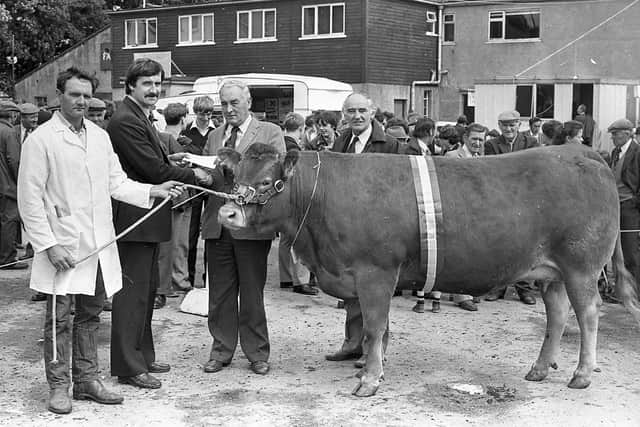

It all came about by accident – or to be more precise, from an accident on a horse.
John, now in his early thirties, had been the manager of the Montalto Estate Farm when he came across a demonstration at the Royal Show on sheep’s cheese production and noted it in the back of his hand as a possibility for Montalto in the future.
“But with a couple of hundred cows in milk production, it never developed while I was at Montalto,” he said.
Advertisement
Advertisement
Then he had a horse accident and came home to farm around the time his father, who was a popular and highly regarded GP in Dromore, died.
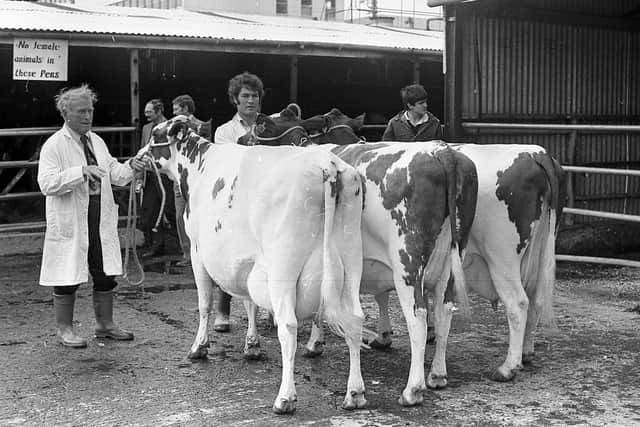

“I talked it over with mother and we bought in a few ewes. She went off on a quick course in cheesemaking in Scotland and we began to give it a try.”
He continued: “I think we can safely now think of getting the whole act together – and expanding, for the ewes cheese and yoghurt is nothing like the quantities people are asking for.”
He told Farming Life how in the Auvergne, a region of France, there were a million ewes kept for their milk, but there were none in Ireland.
Advertisement
Advertisement
The McBrides started with a couple of dozen ewes but by August 1986 they were running some 230 ewes, “and that is still not enough to meet demand”.
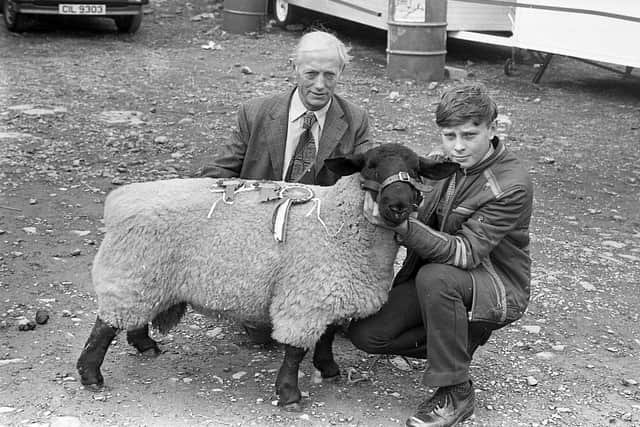

Five sheep could be grazed per acre for a cow but ewes produced as much as a kilo of hard cheese from just four litres of milk. It takes ten from a cow and, John thought, “about eight from a goat for the same quantity of cheese”.
Frieslands were the best ewes he said, but he believed he may get even better returns in time.
For the McBrides, the big problem was not producing the cheese but getting their products into the market.
Advertisement
Advertisement
At first, they started calling on shops themselves, and they still tried to visit one a day, but eventually they did a deal with Woodford Dairies of Finaghy to handle the distribution.
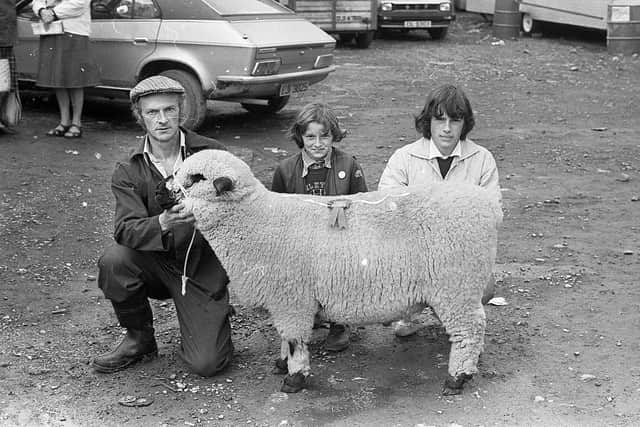

By August 1986, their unique cheese and their Greek style natural yoghurt could be found on the shelves of good delicatessens about Belfast.
But big prospect for future growth lay with firm enquiries from overseas, a recent dairy exhibition in Harrods in London had led to widespread enquiries and to a big upsurge in demand.
Ewes’ cheese and yoghurt were regarded as being a healthy option, low in cholesterol but highly nutritious. Northern Ireland’s good image in the natural food world is a major advantage in marketing abroad.
Advertisement
Advertisement
Foreign competition comes mainly from Roquefort cheese, but the McBrides had discounted going into competition with it:
“The possibilities of our own developments are just too widespread and exciting,” said Mary.
The McBride’s basic product was a white gourmet cheese, waxed and matured for two months before it went on the market. The yoghurt is a by-product of the cheese processing and has a distinctive country home-made flavour and texture.
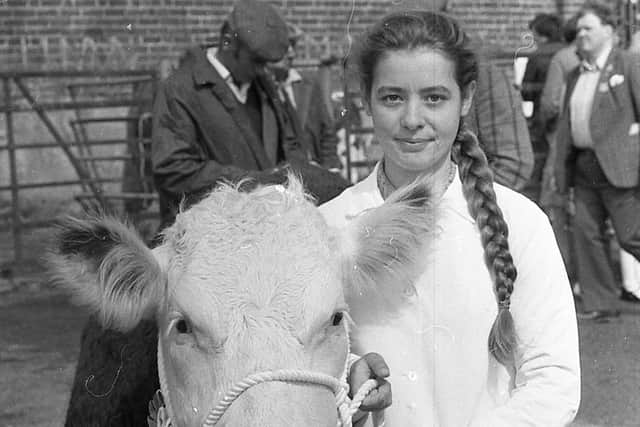

In August 1986 they are experimenting with various cheese with herb combinations and Bushmills whiskey or Guinness or Murphy’s stout flavoured versions had also gone down well with friends, which John thought could be a big seller abroad, particularly in the US and Canada.
Advertisement
Advertisement
John added: “One of the big assets is that ewes’ milk is very high in calcium and particularly suitable for very young and elderly people, so there is a big demand in Britain, particularly for the yoghurt.”
He concluded: “People here seem to only buy cheese in very small quantities – perhaps that is because unmatured cows cheese does not keep as well but on the mainland, we sell our ewes cheese in large cheeses that is the way people seem to buy it.”